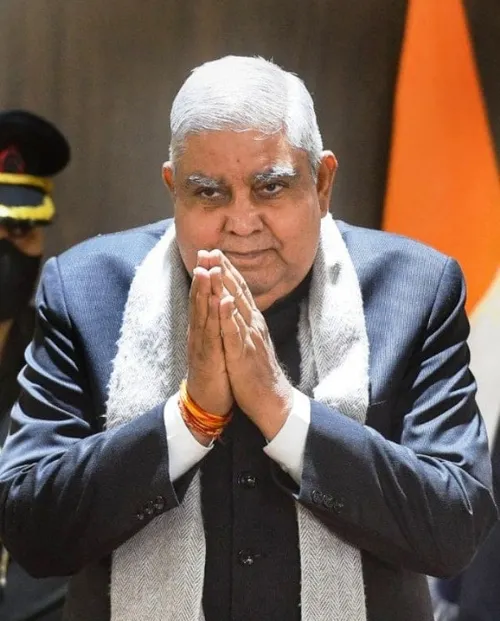
Indian pharma: Time to cash in
| Photo Credit:
MJ_Prototype
The reciprocal tariffs imposed by the Trump administration, has introduced a complex layer of challenges to the global trade landscape, with notable ramifications for India.
But pharmaceuticals, a crucial component of India’s export basket to the US, have largely received exemptions.
India plays a crucial role in supplying affordable medicines to both developed and developing nations.
The sector boasts a substantial market size, estimated at around $50 billion in 2024, and is projected to reach $130 billion by 2030, showcasing a remarkable growth trajectory.
India is the third-largest producer of pharmaceuticals by volume globally and accounts for approximately 20 per cent of global generic drug exports. This prominence is underpinned by a strong network of over 3,000 drug companies and more than 10,500 manufacturing units. The industry’s contribution to the Indian economy is significant, providing employment to millions and driving innovation in drug development and manufacturing processes.
Pharma exception
While several sectors, including steel, auto components, and textiles, have been directly impacted by these tariffs, the pharmaceutical sector, particularly for India, has largely been spared. This exemption is a significant development, underscoring the critical role that Indian pharmaceutical manufacturers play in the US healthcare system.
The US is a major export destination for Indian pharmaceuticals, accounting for approximately 30 per cent of India’s total drug exports, valued at over $9 billion in 2024. This robust trade relationship is built on India’s ability to supply high-quality, affordable generic drugs, which are essential for managing healthcare costs in the US.
Generic drugs constitute a significant portion of pharma exports, accounting for nearly 40 per cent of the generic drugs consumed in the US. Indian companies have a strong presence in the US generic market, with several firms holding a significant market share for various essential medicines.
The trade in pharmaceuticals between India and the US is substantial and mutually beneficial.
The fact that pharmaceuticals have been excluded from the reciprocal tariffs suggests a recognition by the US of this interdependence and the potential disruption that tariffs on Indian drugs could cause to its domestic healthcare market, potentially leading to increased drug prices and supply chain vulnerabilities.
Way forward
To capitalise on the current situation and navigate the evolving global trade landscape, the Indian pharmaceutical sector and regulators need to adopt a proactive and strategic approach. Continued engagement with the US on trade policies is crucial to ensure the sustained exemption of pharmaceuticals from any future tariff actions.
The government needs to focus on strengthening the regulatory framework to maintain high quality standards and build greater confidence in Indian-made drugs globally. Investing in research and development, particularly in innovative areas like biosimilars and novel drug delivery systems, will enhance the sector’s long-term competitiveness.
Furthermore, fostering collaborations between domestic pharmaceutical companies and international research institutions can accelerate innovation and the development of new therapies.
By focusing on quality, innovation, and market diversification, the Indian pharmaceutical sector can not only weather the current global trade uncertainties but also further solidify its position as a global leader in the supply of affordable and high-quality medicines.
Saravanan is Professor of Finance and Accounting at IIM Tiruchirappalli; Williams is Head of India at Sernova Financial
Published on June 10, 2025
Anurag Dhole is a seasoned journalist and content writer with a passion for delivering timely, accurate, and engaging stories. With over 8 years of experience in digital media, she covers a wide range of topics—from breaking news and politics to business insights and cultural trends. Jane's writing style blends clarity with depth, aiming to inform and inspire readers in a fast-paced media landscape. When she’s not chasing stories, she’s likely reading investigative features or exploring local cafés for her next writing spot.






